Home>Gardening & Outdoor>Landscaping Ideas>What To Plant With Purple Fountain Grass
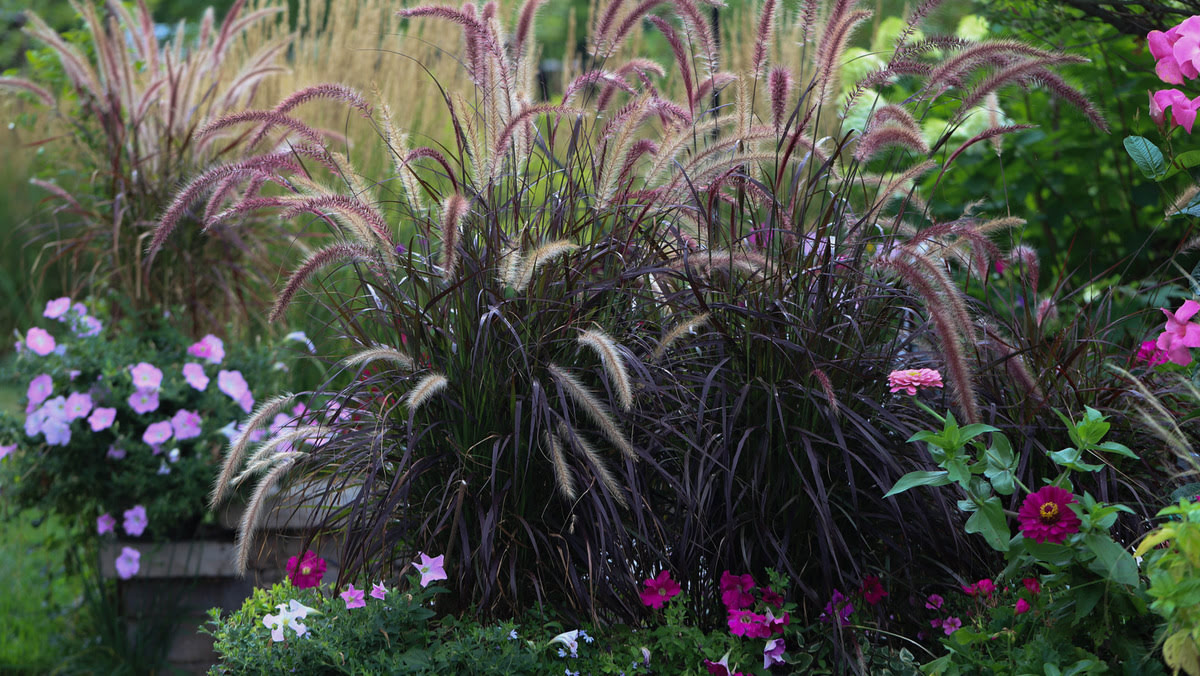

Landscaping Ideas
What To Plant With Purple Fountain Grass
Modified: November 2, 2024
Discover the best landscaping ideas for planting with purple fountain grass to create a stunning and vibrant outdoor space. Explore complementary plants and design tips for a beautiful garden.
(Many of the links in this article redirect to a specific reviewed product. Your purchase of these products through affiliate links helps to generate commission for Storables.com, at no extra cost. Learn more)
Introduction
Purple fountain grass (Pennisetum setaceum 'Rubrum') is a stunning ornamental grass known for its striking reddish-purple foliage and graceful fountain-like form. This perennial grass is a popular choice for adding color, texture, and movement to landscapes, making it a favorite among gardeners and landscapers alike. Its vibrant hues and elegant appearance make it a versatile and eye-catching addition to gardens, borders, and containers.
In this article, we will explore the art of companion planting with purple fountain grass, delving into the various plant species that complement and enhance its beauty. By strategically selecting companion plants, you can create visually captivating and harmonious garden designs that showcase the unique attributes of purple fountain grass while fostering a thriving and balanced ecosystem.
Whether you're a seasoned gardener looking to revitalize your landscape or a novice enthusiast eager to experiment with plant combinations, understanding the art of companion planting with purple fountain grass can elevate the aesthetic appeal of your outdoor spaces. Join us as we embark on a journey to discover the perfect plant partners for this captivating ornamental grass, and unlock the secrets to creating a captivating and vibrant garden tapestry.
Key Takeaways:
- Elevate your garden with vibrant companions! Pair purple fountain grass with lantana, Russian sage, sedum, salvia, and black-eyed Susan for a visually captivating and harmonious landscape.
- Plant purple fountain grass in full sun, well-drained soil, and follow planting tips for optimal growth. Embrace companion planting to create a vibrant and visually stunning outdoor sanctuary.
Read more: When To Plant Purple Fountain Grass
Companion Plants for Purple Fountain Grass
When selecting companion plants for purple fountain grass, it's essential to consider species that not only complement its striking appearance but also thrive in similar growing conditions. The goal is to create a cohesive and visually appealing landscape that showcases the unique characteristics of each plant while fostering a harmonious environment. Here are some excellent companion plants to consider:
1. Lantana (Lantana camara):
Lantana's vibrant clusters of flowers in shades of red, orange, yellow, and pink provide a stunning contrast to the deep purple foliage of the fountain grass. This drought-tolerant perennial is a perfect companion, as it shares the same preference for full sun and well-drained soil.
2. Russian Sage (Perovskia atriplicifolia):
The airy, lavender-blue spikes of Russian sage create an ethereal backdrop for the bold presence of purple fountain grass. Both plants thrive in sunny locations and well-drained soil, making them an ideal pairing for a low-maintenance yet visually captivating garden design.
3. Sedum (Sedum spectabile):
The succulent foliage and vibrant blooms of sedum add texture and visual interest when planted alongside purple fountain grass. These hardy perennials are drought-tolerant and thrive in sunny locations, making them a resilient and attractive companion for the ornamental grass.
Read more: What Is Fountain Grass
4. Salvia (Salvia nemorosa):
The upright spikes of salvia flowers, available in various hues including purple, blue, and white, create a striking contrast against the rich color of the fountain grass. Both plants share a preference for full sun and well-drained soil, making them well-suited for a cohesive and visually dynamic garden composition.
5. Black-Eyed Susan (Rudbeckia hirta):
The cheerful yellow blooms of black-eyed Susan provide a vibrant pop of color that complements the deep purple foliage of the fountain grass. These hardy perennials thrive in similar growing conditions, making them an excellent choice for creating a lively and colorful garden display.
By carefully selecting companion plants that harmonize with the unique attributes of purple fountain grass, you can create a captivating and dynamic landscape that celebrates the beauty of each individual species while fostering a cohesive and visually stunning outdoor environment. Whether you opt for a bold and contrasting color scheme or a harmonious blend of complementary hues, the art of companion planting offers endless possibilities for creating captivating and vibrant garden designs.
Planting Tips
When incorporating purple fountain grass into your landscape, it's essential to consider the optimal planting techniques to ensure its successful establishment and long-term vitality. Here are some valuable planting tips to guide you in creating a thriving and visually captivating garden featuring this stunning ornamental grass:
-
Selecting the Right Location: Choose a planting site that receives ample sunlight, as purple fountain grass thrives in full sun conditions. Ensure that the area provides well-drained soil to prevent waterlogging, which can be detrimental to the plant's health.
-
Soil Preparation: Prior to planting, prepare the soil by incorporating organic matter such as compost or well-rotted manure. This enriches the soil, improves its structure, and enhances its ability to retain moisture, promoting healthy growth for the fountain grass.
-
Planting Depth: When planting purple fountain grass, ensure that the crown of the plant is level with the soil surface. Avoid planting it too deeply, as this can lead to rotting of the crown and compromise the plant's overall health.
-
Spacing: Allow adequate spacing between individual purple fountain grass plants to accommodate their mature size and ensure proper air circulation. Typically, spacing them 18 to 24 inches apart will allow for optimal growth and a visually appealing display.
-
Watering: After planting, water the grass thoroughly to help settle the soil and promote root establishment. Subsequently, maintain a regular watering schedule, especially during the initial growth phase, to support healthy development. Once established, purple fountain grass exhibits good drought tolerance, but regular watering during dry spells can help maintain its vigor and vibrant color.
-
Mulching: Applying a layer of organic mulch around the base of the grass helps conserve soil moisture, suppress weed growth, and regulate soil temperature. Mulching also contributes to the overall aesthetic appeal of the planting area.
-
Fertilization: While purple fountain grass is relatively low-maintenance, a balanced, slow-release fertilizer can be applied in spring to provide essential nutrients for robust growth and vibrant foliage.
By adhering to these planting tips, you can create an optimal environment for purple fountain grass to thrive and contribute to the visual allure of your landscape. With proper care and attention to planting techniques, this striking ornamental grass will flourish, adding a touch of elegance and vibrancy to your outdoor spaces.
Conclusion
In conclusion, the art of companion planting with purple fountain grass offers a myriad of opportunities to create visually captivating and harmonious garden designs. By strategically selecting companion plants that complement its striking appearance and thrive in similar growing conditions, you can orchestrate a symphony of colors, textures, and forms that elevate the aesthetic appeal of your outdoor spaces.
The vibrant clusters of lantana, the ethereal backdrop of Russian sage, the succulent foliage of sedum, the striking spikes of salvia, and the cheerful blooms of black-eyed Susan are just a few examples of the diverse plant species that harmonize with the unique attributes of purple fountain grass. Whether you opt for a bold and contrasting color scheme or a harmonious blend of complementary hues, the art of companion planting offers endless possibilities for creating captivating and vibrant garden designs.
Furthermore, incorporating purple fountain grass into your landscape requires careful consideration of optimal planting techniques to ensure its successful establishment and long-term vitality. Selecting the right location, preparing the soil, planting at the correct depth, providing adequate spacing, and implementing proper watering, mulching, and fertilization practices are essential steps in creating an optimal environment for the grass to thrive.
By adhering to these planting tips and embracing the art of companion planting, you can cultivate a garden that celebrates the beauty of each individual species while fostering a cohesive and visually stunning outdoor environment. The result is a captivating tapestry of colors, textures, and forms that captivate the senses and create a welcoming and harmonious outdoor sanctuary.
In essence, the art of companion planting with purple fountain grass transcends mere horticulture; it is a creative endeavor that allows you to curate living works of art that evolve and flourish with each passing season. As you embark on your journey to create a vibrant and visually captivating garden, may the insights shared in this article inspire you to explore the endless possibilities of companion planting and cultivate outdoor spaces that delight and enchant all who behold them.
Frequently Asked Questions about What To Plant With Purple Fountain Grass
Was this page helpful?
At Storables.com, we guarantee accurate and reliable information. Our content, validated by Expert Board Contributors, is crafted following stringent Editorial Policies. We're committed to providing you with well-researched, expert-backed insights for all your informational needs.
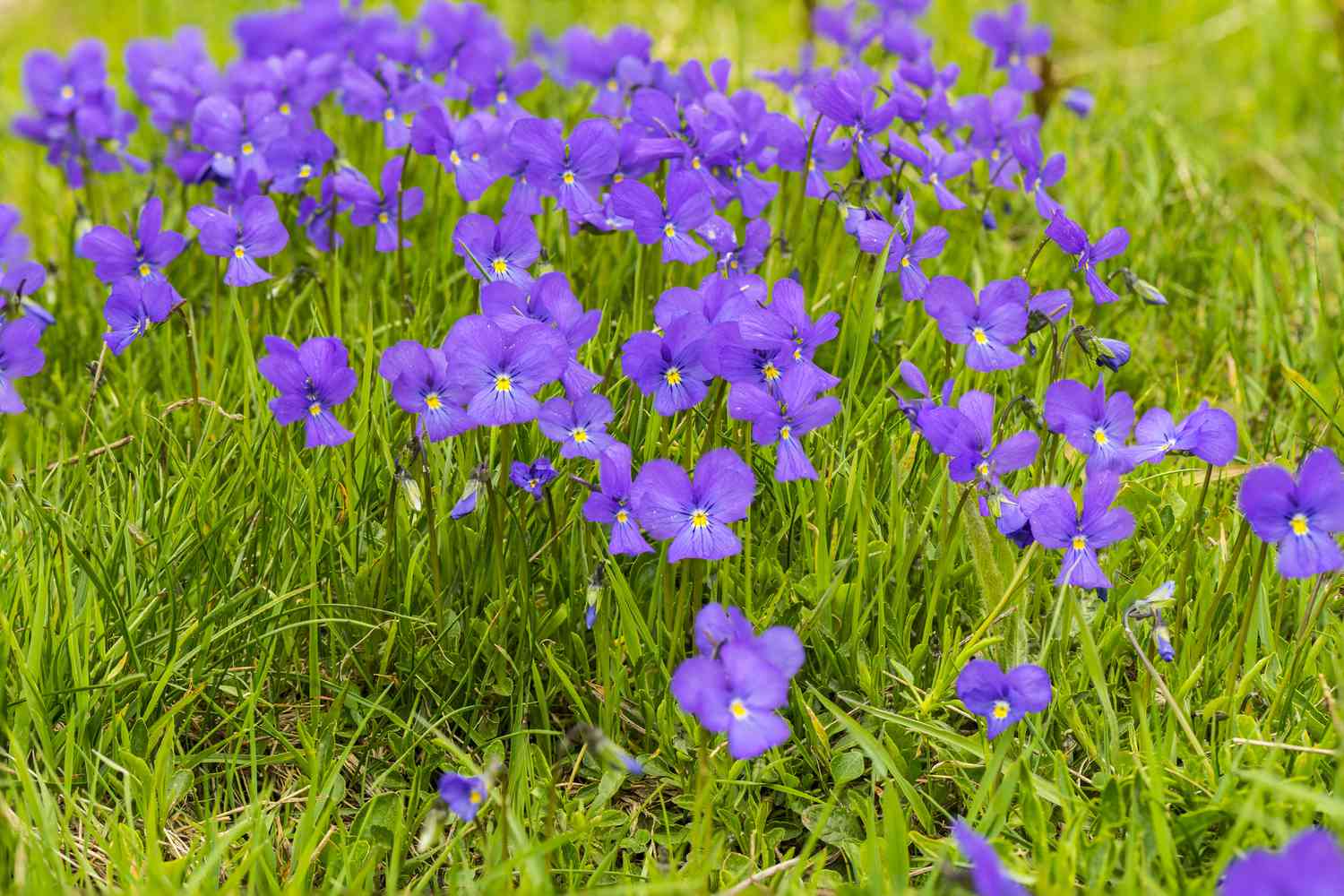
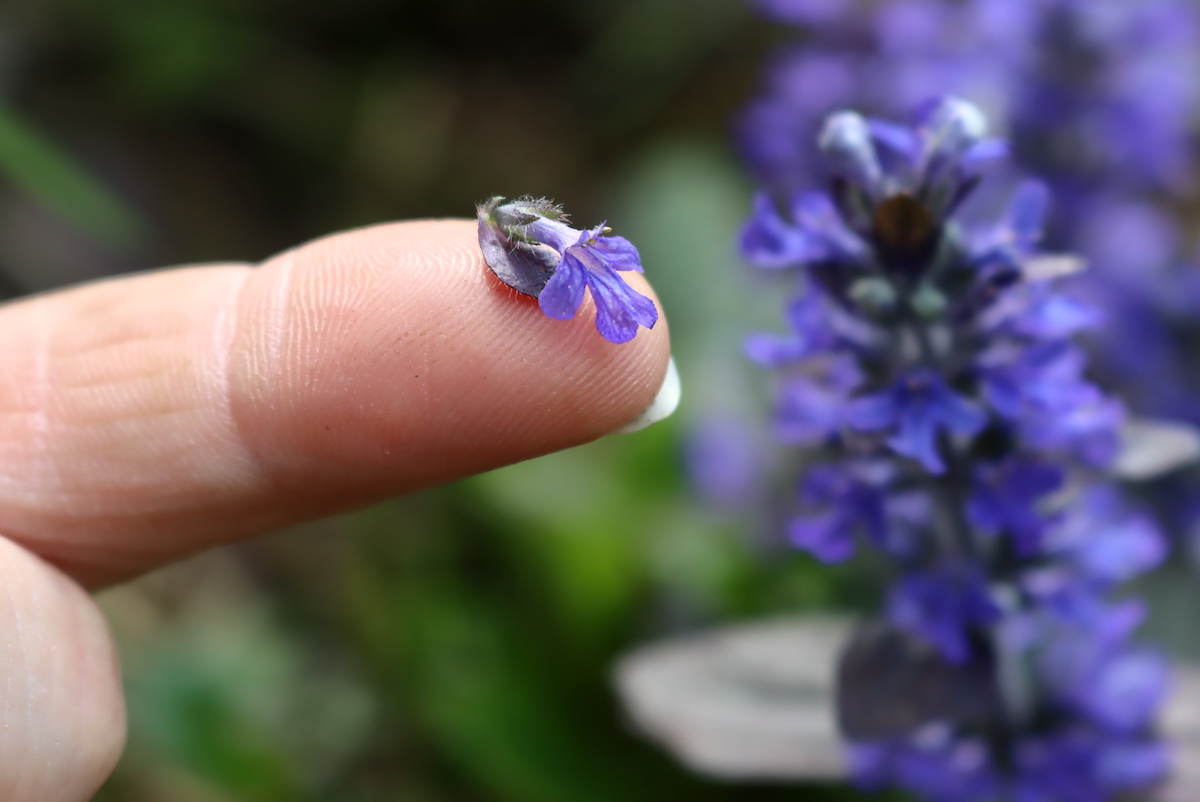
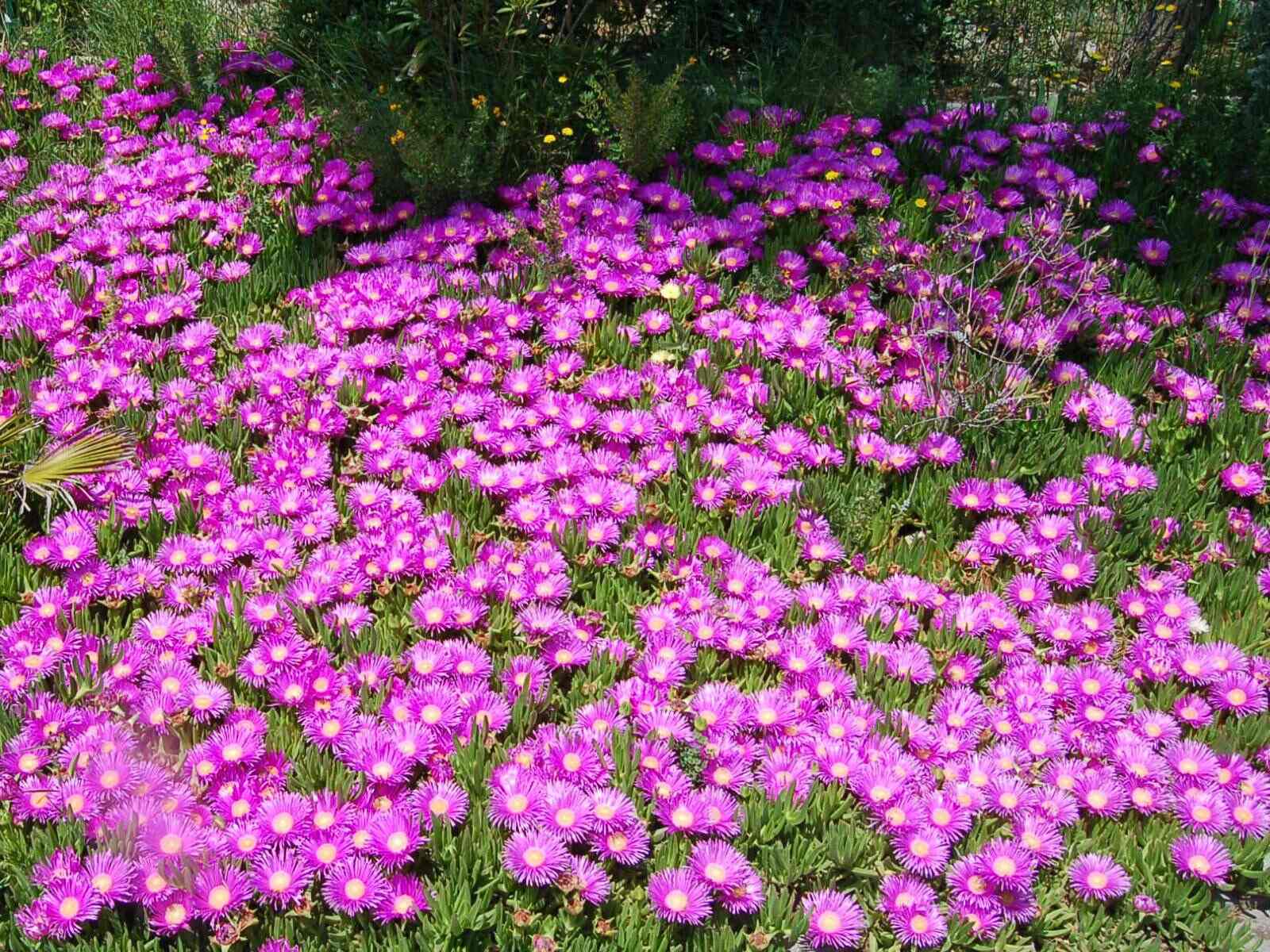
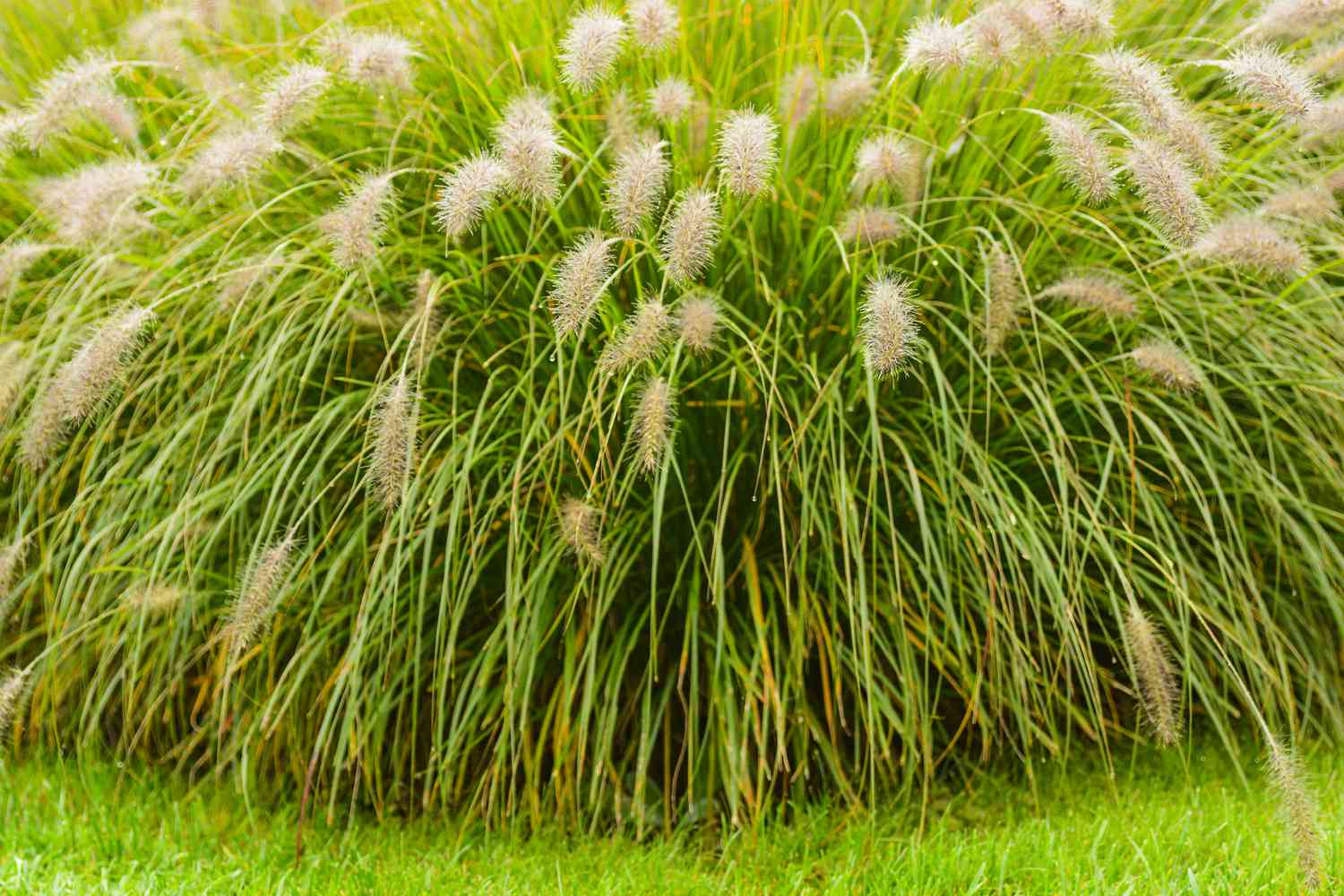
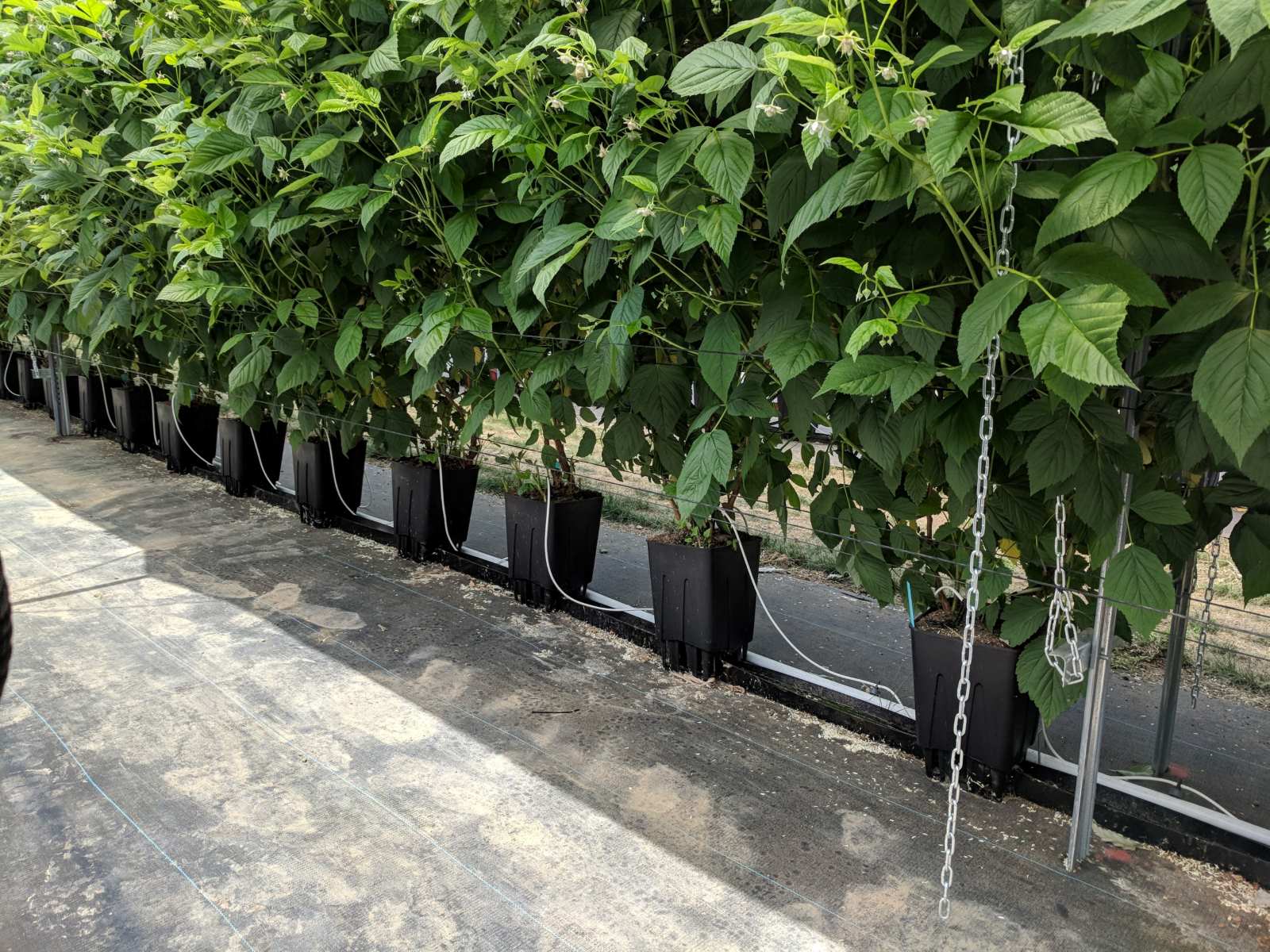

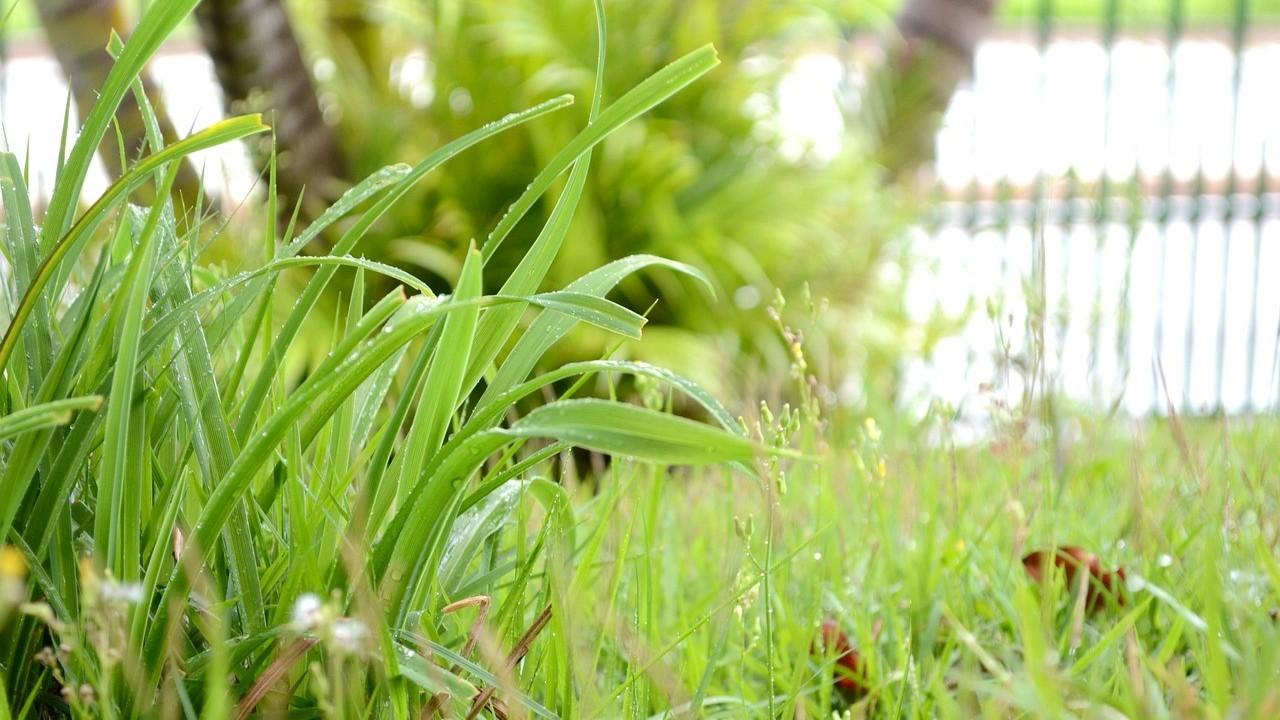


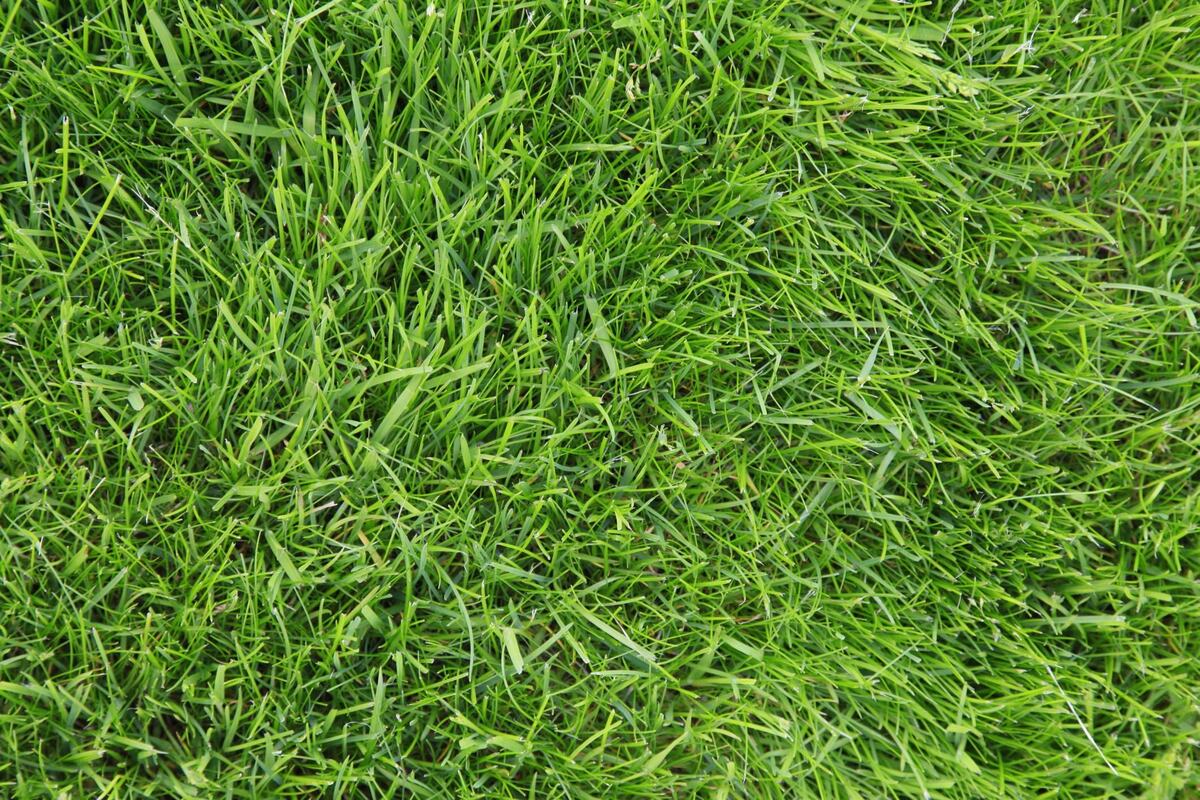
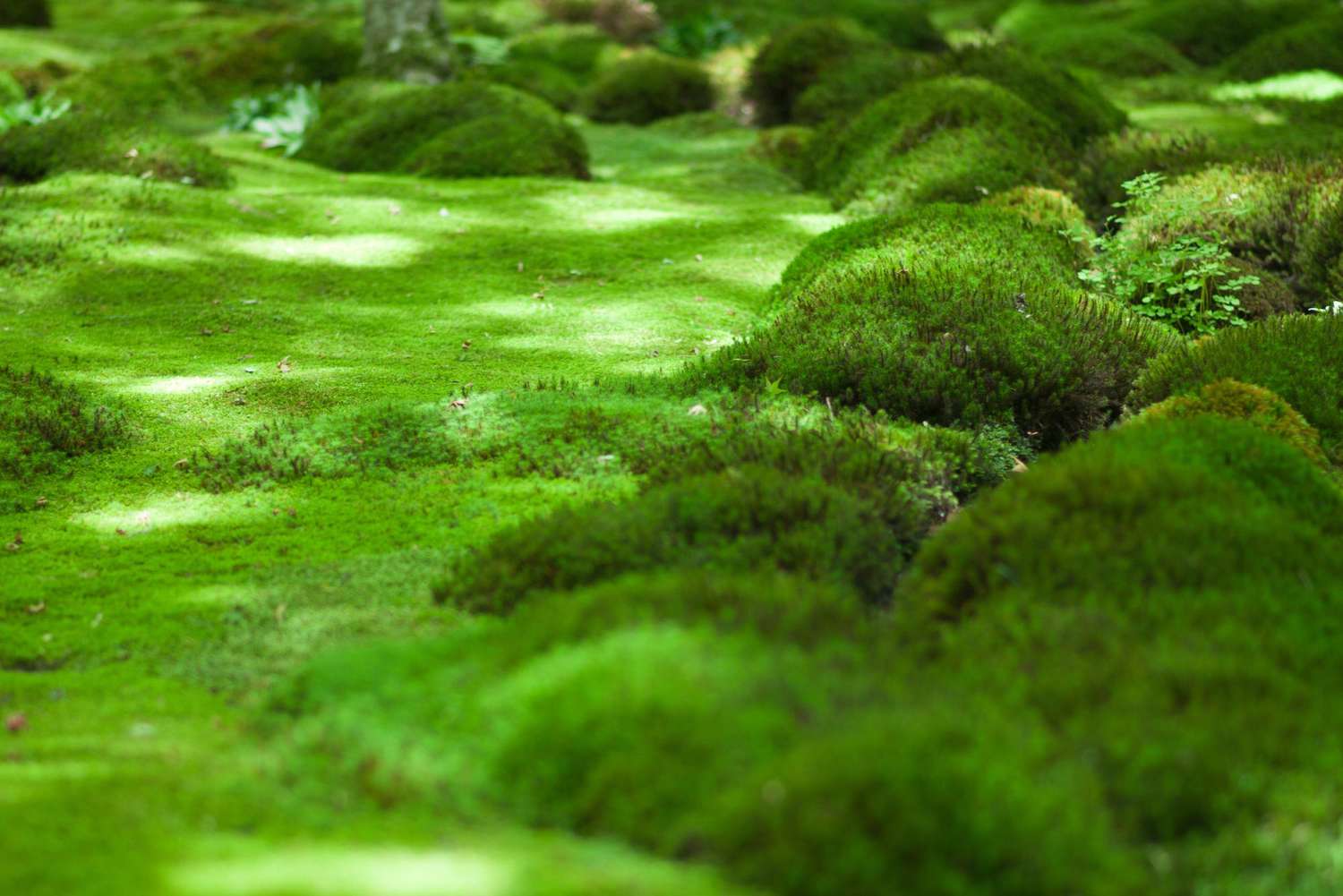
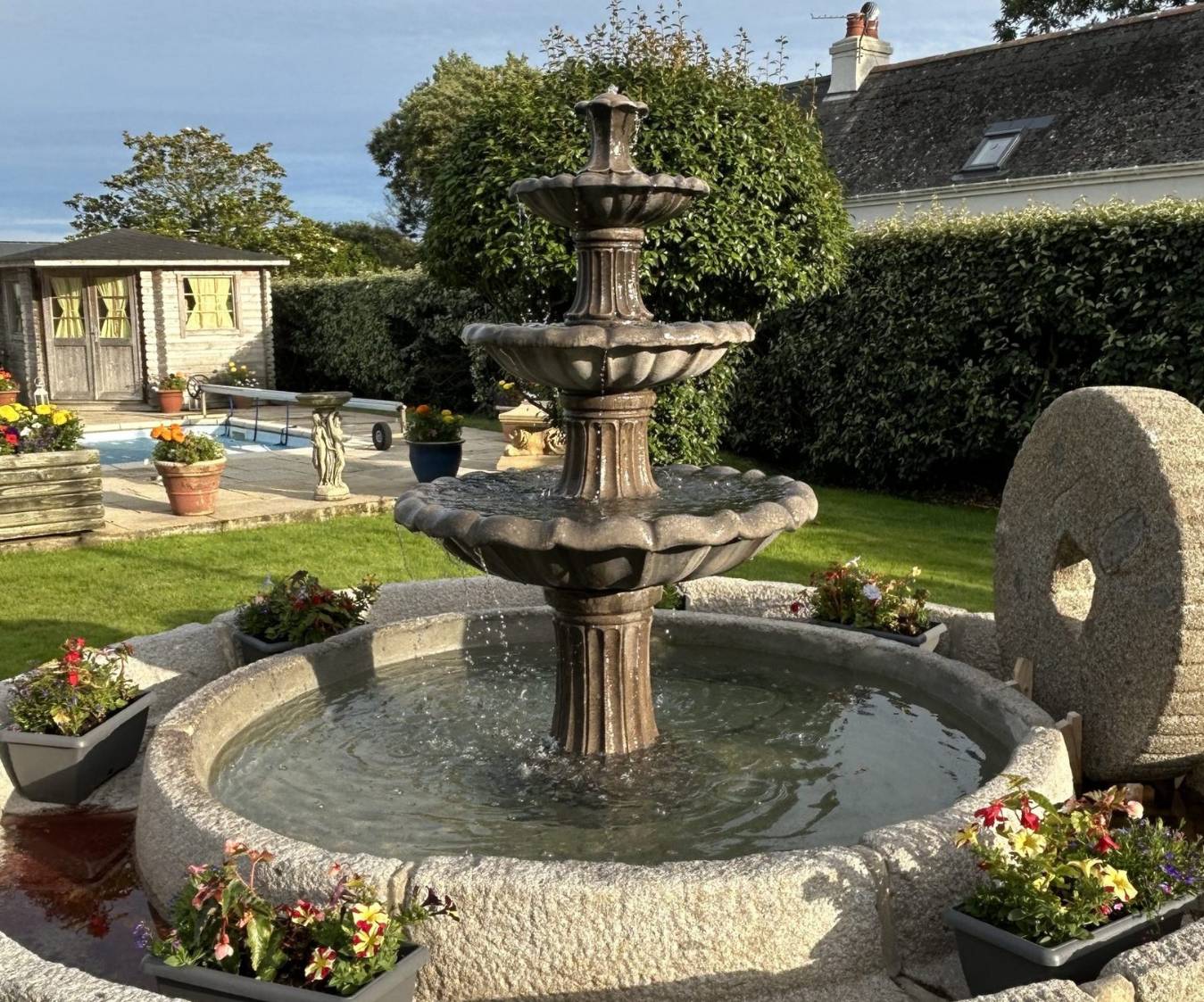
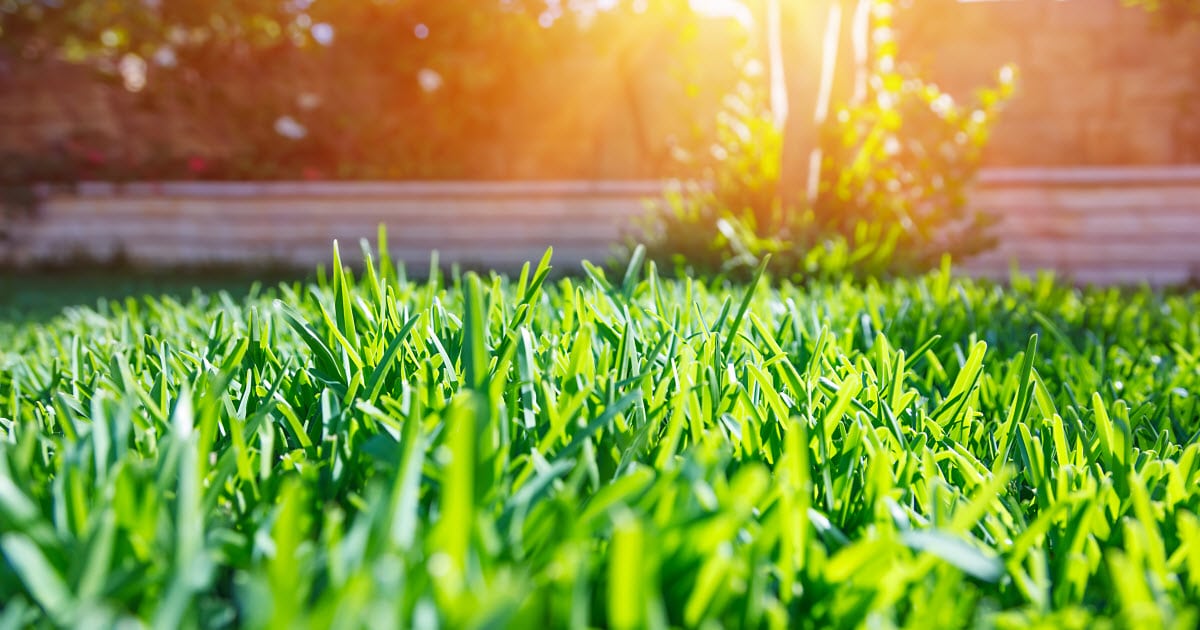
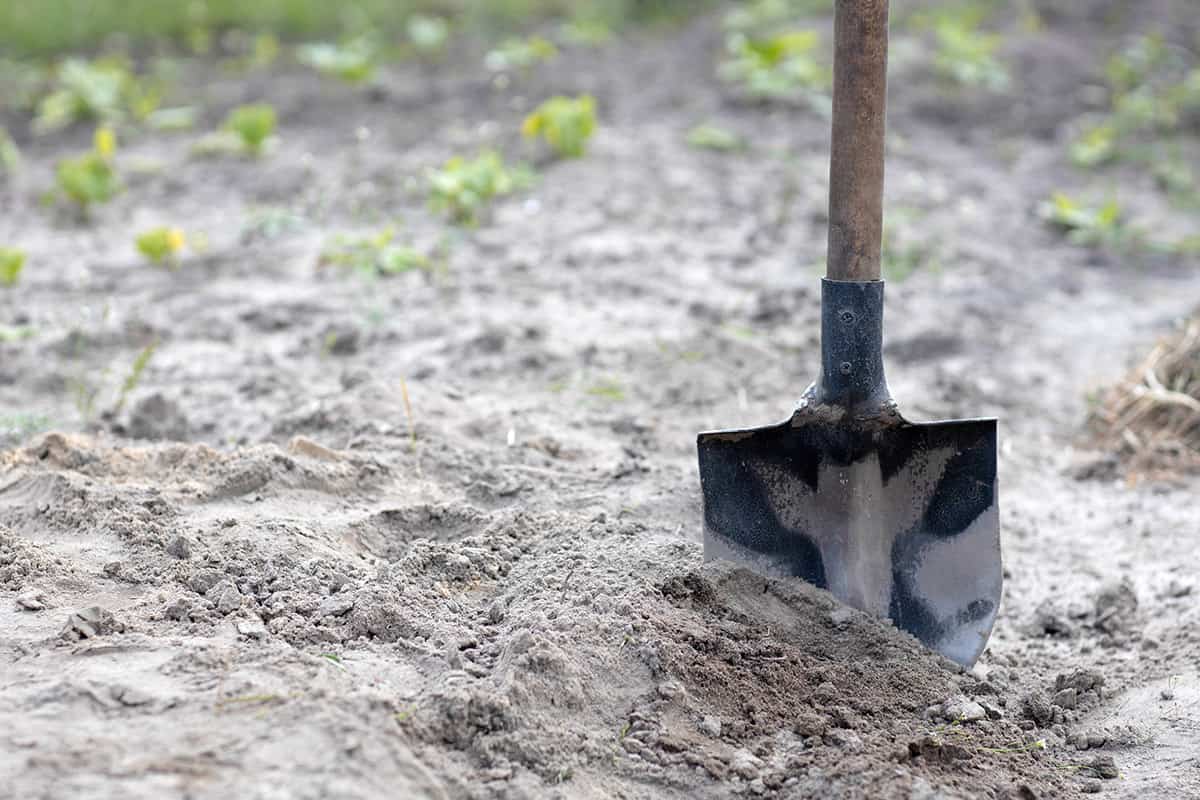

0 thoughts on “What To Plant With Purple Fountain Grass”